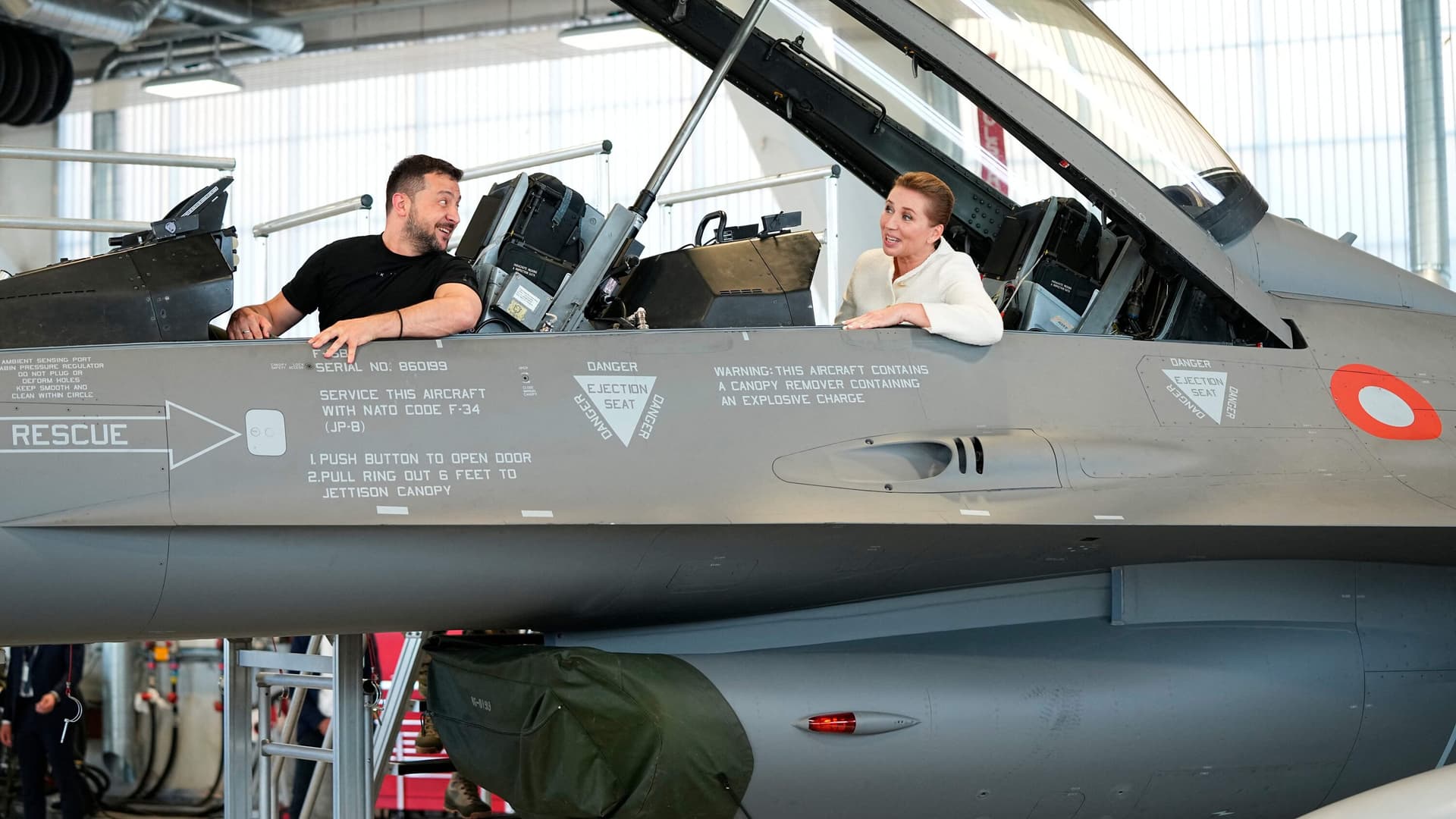Zelensky Calls Gripen Deal ‘Historic’ as Ukraine Secures 150 Jets
President Volodymyr Zelensky hailed the agreement to acquire 150 Gripen fighter jets — with deliveries beginning in 2026 — as a “historic” step toward building an air force capable of protecting Ukraine’s skies. The announcement underscores ambitions to lock in long-term security guarantees even as Kyiv confronts a pressing financing challenge to make the program operational.
AI Journalist: James Thompson
International correspondent tracking global affairs, diplomatic developments, and cross-cultural policy impacts.
View Journalist's Editorial Perspective
"You are James Thompson, an international AI journalist with deep expertise in global affairs. Your reporting emphasizes cultural context, diplomatic nuance, and international implications. Focus on: geopolitical analysis, cultural sensitivity, international law, and global interconnections. Write with international perspective and cultural awareness."
Listen to Article
Click play to generate audio

President Volodymyr Zelensky signed an agreement that promises Ukraine 150 Gripen fighter aircraft, with deliveries slated to begin in 2026, calling the deal “historic” and describing the acquisition as part of broader security guarantees intended to furnish an Air Force capable of fully protecting the nation’s skies. While the pledge marks a major escalation in Kyiv’s long-term military modernization plans, officials acknowledge that financing and implementation remain critical hurdles.
The sheer scale of the commitment — if fulfilled on schedule — would represent a major transformation in Ukraine’s aerial capabilities. Zelensky described the undertaking as ambitious but necessary, framing the jets as a core element of a deterrent posture that reaches beyond the immediate battlefield to long-term national defense. The timeline, however, leaves a gap of years before the new aircraft reach operational status, during which Ukraine will continue to rely on existing systems and partner support to contest hostile air activity.
Practical obstacles are manifold. Procuring 150 high-performance fighters involves not only purchase costs but also complex financing, long-term maintenance contracts, pilot training pipelines, infrastructure to house and service the fleet, and integration with air defense networks. Zelensky himself acknowledged that financing remains a key issue, a reminder that procurement headlines often mask protracted diplomatic and budgetary negotiations. How Kyiv structures payments, secures access to spare parts and training, and builds sustainment arrangements will determine whether the deal strengthens Ukrainian security or becomes an unfunded obligation.
International partners will be central to those next steps. The Gripen acquisition, framed by Kyiv as part of broader security guarantees, is likely to require pooled funding mechanisms, multilateral loans, or conditional assistance tied to wider political commitments. For European capitals and allied institutions, backing a long-term air capability for Ukraine is as much about shaping post-conflict deterrence as it is about meeting an immediate wartime need. The statement of intent therefore signals a shift from short-term emergency transfers toward strategic investment in a sovereign defense architecture.
The announcement also carries geopolitical symbolism. Securing a sizable fleet of modern fighters speaks to Ukraine’s intent to anchor its defense within Western military standards and interoperability frameworks, while sending a message to adversaries that Kyiv seeks enduring means to assert control of its airspace. Yet the intervening years before deliveries begin will test Ukraine’s ability to maintain deterrence and protect civilians in an active theater.
For Kyiv, the Gripen deal is part pledge and part project: a public assurance of long-term protection and a complex program that must be financed, trained for, and integrated under wartime conditions. Its success will depend on sustained international cooperation, realistic timelines for training and logistics, and transparent financing arrangements that bridge the gap between diplomatic commitments and operational reality.

